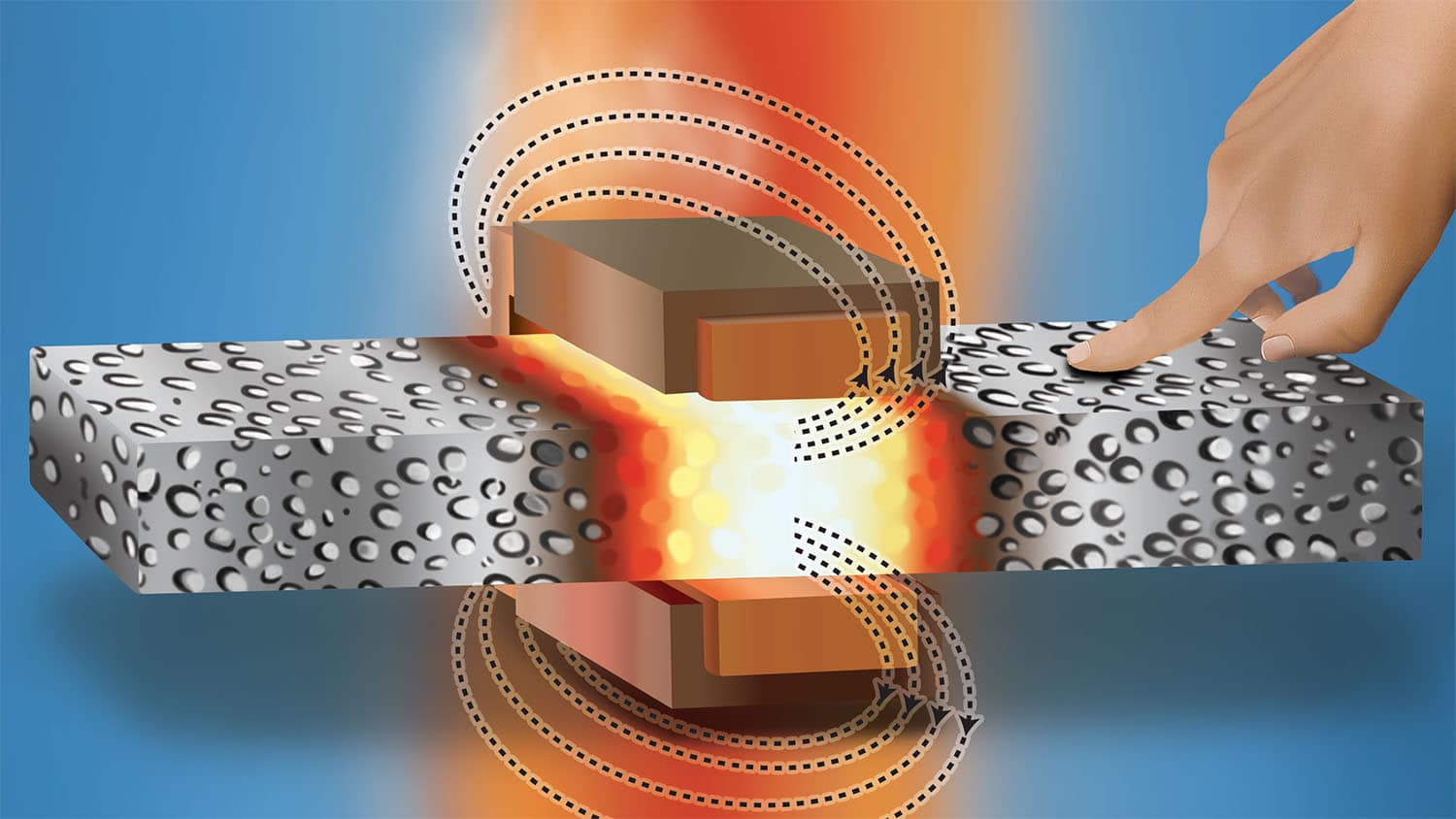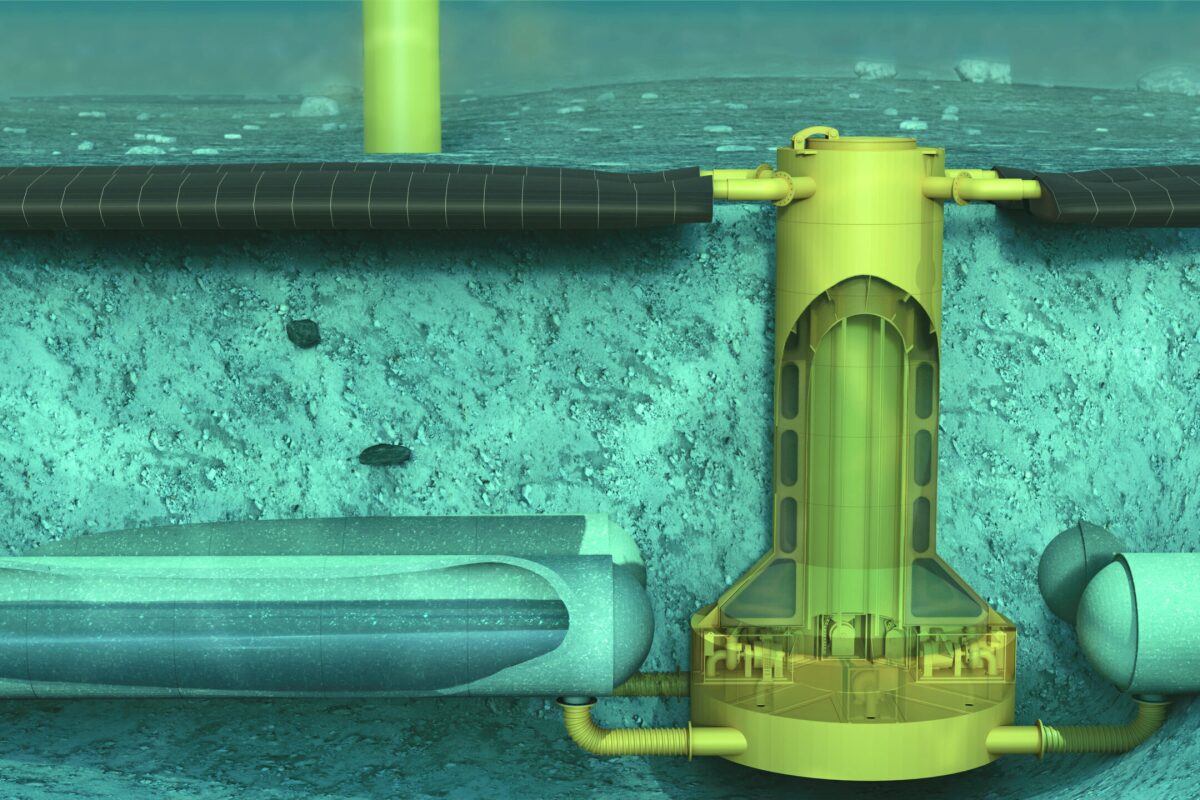Researchers at North Carolina State University have identified a welding technique that joins composite metal foam (CMF) components without compromising their desirable properties.
Seamless Style: The Art of Induction Welding in Metal Foam
Composite metal foams (CMFs) offer notable advantages over solid metal. Typically consisting of hollow metal spheres within a solid matrix, akin to an Aero chocolate bar made of metal, CMFs are lightweight compared to solid metals while maintaining comparable strength. They have demonstrated the ability to stop bullets, block radiation, and provide insulation against high temperatures. However, conventional welding methods compromise CMFs’ desirable properties at the weld points, resulting in a loss of their unique characteristics. Fortunately, an alternative welding technique has proven highly effective.
Afsaneh Rabiei, a professor at North Carolina State University, explained that traditional fusion welding relies on a filler to join two metal pieces. This poses issues as the melted metal lacks the desirable properties of the surrounding CMF. Moreover, any welding involving direct heat tends to fill in some of the CMF’s porosity.
In search of an alternative, researchers explored induction welding, a less common technique. In simple terms, it employs a radio-frequency electric current to energize an induction coil, generating a high-frequency electromagnetic field that heats certain metals to their melting point.
Foam Fusion Magic: Maintaining Strength and Lightness
Lab tests demonstrated the advantageous porosity of CMF in induction welding. The electromagnetic field penetrated deeply into the material due to the reduced solid metal it had to traverse. Furthermore, the voids within the CMF prevented the heat from dispersing beyond the weld site, causing the material to melt only at the joining point.
Rabiei emphasized the significance of this development, stating, “This is an important step forward because CMF’s properties make it attractive for a wide range of applications, but it’s essential to have a means of welding the CMF components without impairing the properties that make it attractive in the first place.”







